I
Not being reconciled with oneself is a well-known condition. It describes our usual relationship with ourselves. We should not accept it, but the veils with which we are concealed from ourselves are numerous and difficult to penetrate. Our knowledge about ourselves is limited. My beginning, the paths I have already taken, the experiences I have already had are difficult to ascertain. The famous admonishment, “Know thyself,” reminds us first of all of a shortcoming, namely, our ignorance. Self-knowledge becomes a path of reconciliation with ourselves, with our origins, with our complete being. We then stand in our light. We see ourselves in full. However, there are barriers on the paths that reconcile us with ourselves. We are still reluctant to walk them.
II
This reluctance lies in the fact that we are not only luminous beings—we carry dark, sometimes very dark, parts within us. Wanting to keep a distance from them is understandable. Honest introspection brings to light a whole series of such parts that are repulsive, ugly and cruel beyond words. There is no getting around them, these shadows or shadow beings: pride, jealousy, arrogance, glory-seeking, envy, and contemptuousness, to name but a few. They may provoke aversion. People have long had opinions about them. They are condemned and ignored. Nevertheless, they are worth our interest. Jealousy, when looked at more closely, turns out to be a fascinating creature. We are jealous of what another person has or is, that we would like to have or be ourselves. We begrudge them their happiness, their success, their influence, their wealth, their fame, because they accomplish something that we hunger for. Jealousy reveals an unhappiness, a dissatisfaction that we do not admit to ourselves. It is a sign of an unacknowledged shortcoming. We suffer from it without realising it. It is the same as, or similar to, its sibling, envy. They point to a shortcoming, to an unreconciled state of soul. That is what makes them so fascinating. They contain secrets we would like to know.
Studying them is worthwhile for another reason. Precise perception of the soul brings to light the unexpected observation that our attention transforms these shadow beings. Our interest in them causes the rigid masks they wear to crack. Their dark, repulsive appearance becomes visibly more porous. A first glimmer of light emerges from behind the dark veils. Pride, jealousy, and arrogance are not mere shadows. They are more, much more, than we previously believed. The opinion we had about them turns out to be narrow and limited. They have a history and an origin. They also have light. Defining them only by their shadow existence is insufficient. Eventually, we come to understand that they are fallen beings, and we realise that we ourselves are the reason for their sad existence. They are my creatures. I have pushed them into the abyss in which they now eke out their existence. My shortcomings and my wounds force their existence upon them. We are the cause of the shadows. But this also means it’s in our hands to free them from their unhappy situation.
It appears that the shadow beings originate in events through which we were wounded. Our shadows show signs of unhealed wounds. Anyone who remained without wounds would have no shadows—they would be without malice, fear and anger. But such an existence is not granted to us for the time being. We are destined to be wounded.
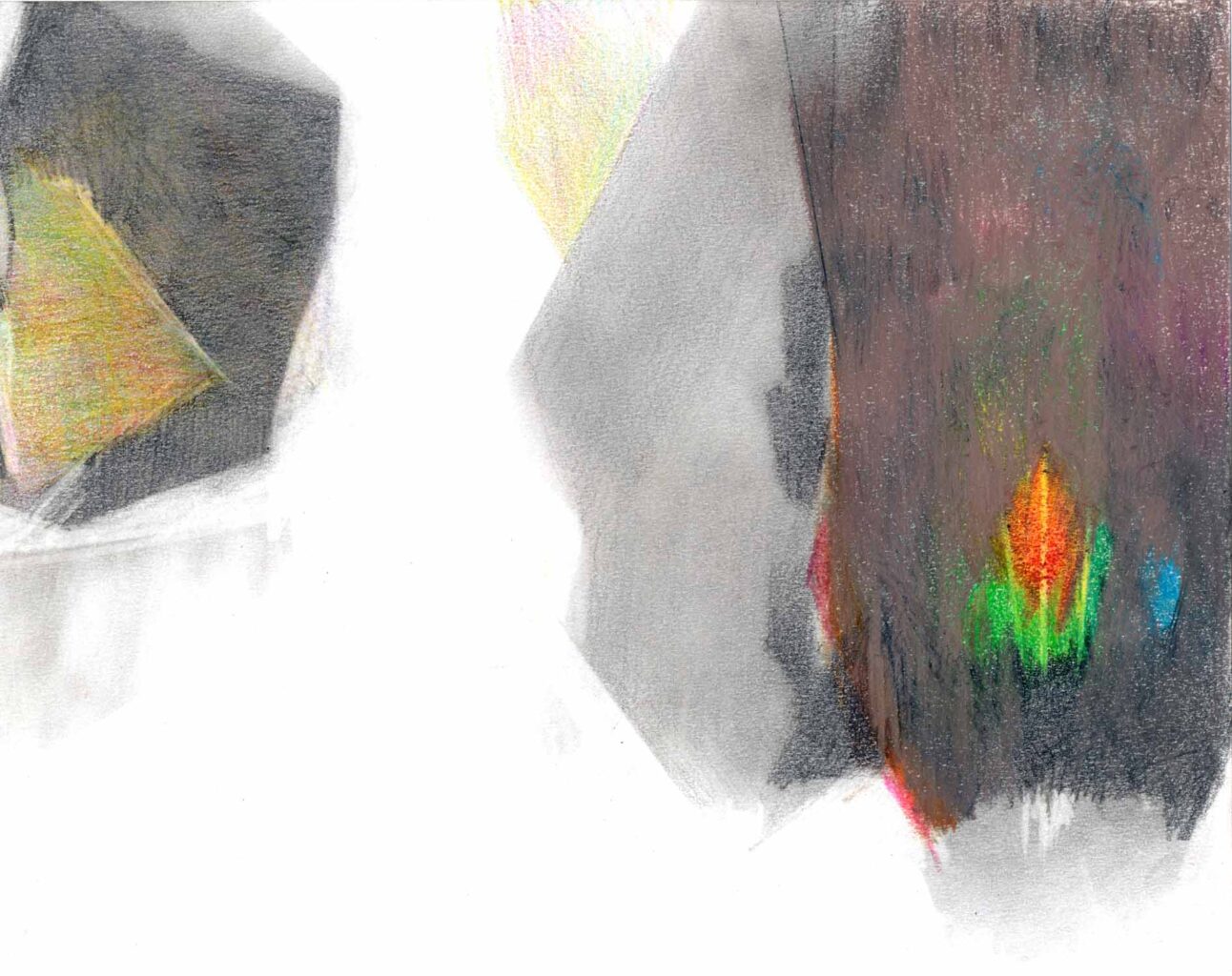
The gods have made us vulnerable beings. To the gods, however, wounds are not what they are to us. The wounds are full of light for them. They see in them special organs, cosmic organs, through which special developments become possible. The wounds are organs of vision that will fulfil their true and proper tasks in the future.
This is what the gods want to tell us, that we become seers through our wounds. We attain a sensitivity that only becomes possible in this way. We are gifted with senses that represent high aptitudes. The shadow beings hide the higher nature of the wounds. They reveal to us only as much as we can bear the truth of the wounds. Wanting to see the light in the abysmal and despised is the key to exploring the wisdom of the shadows. We must have the courage not to shy away from what is fragile, wounded and evil and to continue enquiring and researching where the bright paths stop. Significant secrets of the soul lie in the place where darkness begins to be illuminated again.
III
An inner path leads to the essence of reconciliation. There is nothing external about it. The key to reconciliation lies in inner worlds. Self-knowledge can be pursued according to the light and the dark sides of the soul. They are interdependent—they support and determine each other. That is why when you go into the light, you also always go into your darkness, and vice versa. The two sides are not at odds with each other. They need each other. They serve each other. The existence of the light beings of our souls and the existence of the dark beings represents an interweaving that cannot be managed with moral and one-sided judgements. It is always an interplay of light and darkness. Rising up to meet this interplay is a prerequisite for understanding the truths of light and darkness.
By going on the trail of our own being, we come across aspects of personality and individuality that can be called ego, person, individuality and higher self. These aspects of being are consistently fascinating entities. They form the spiritual being of a person. Engaging with them is an inner adventure. Each one conceals its full being behind a veil. We can step up to this veil with the wish to meet them. We desire for the being of the ego, the person, the I, or the higher self to show itself. We request it. Wishes expressed in this direction do not miss their target, for these beings have an interest in being seen and recognised by us. They live behind the veil of our consciousness as if in an exile not of their own choosing. It is we who give them permission by removing the impermeability of the veil.
Each of these four entities is distinct. Each fulfils certain characteristic tasks for human beings. From the ego, there emanates an unshakable force to unite us with our earthly destiny. The ego points to our immediate needs, our wishes and desires. By following it, we become earthly. We turn out to be sensual, passionate beings. The ego serves to satisfy our needs. Thanks to it, we experience ourselves as bodily beings whose home is the earth. Ego should not be equated with egoism. It confers perseverance. Thanks to it, we can follow our goals. Reliability and loyalty are virtues of the ego. It has a pure side, full of strength. It must not be confused with needs which are expressed in egotistical actions. These are not possible without the ego, but the ego is not sufficiently characterised by them. The ego is more. Without the ego, we cannot stand up for ourselves or for others—we do not develop resistance. The ego fuels the will.
The person is the image of our earthly existence. But it is also the image we form of another human being. The other human being appears as a person. They are born in a certain place, are physical beings, have a name, are subject to destiny, and have talents and abilities. The person cannot be separated from their destiny. The person exists between birth and death. Beforehand, they are predisposed but not incarnated; afterwards, they pass away and never return to earthly conditions. At death, the person belongs to the past. The person is nevertheless an image of the human individuality. The latter adopts this image and sets it aside again. The individuality is illuminated in each person. It lives in a person’s expressions, gestures, behaviour, voice, and gaze.
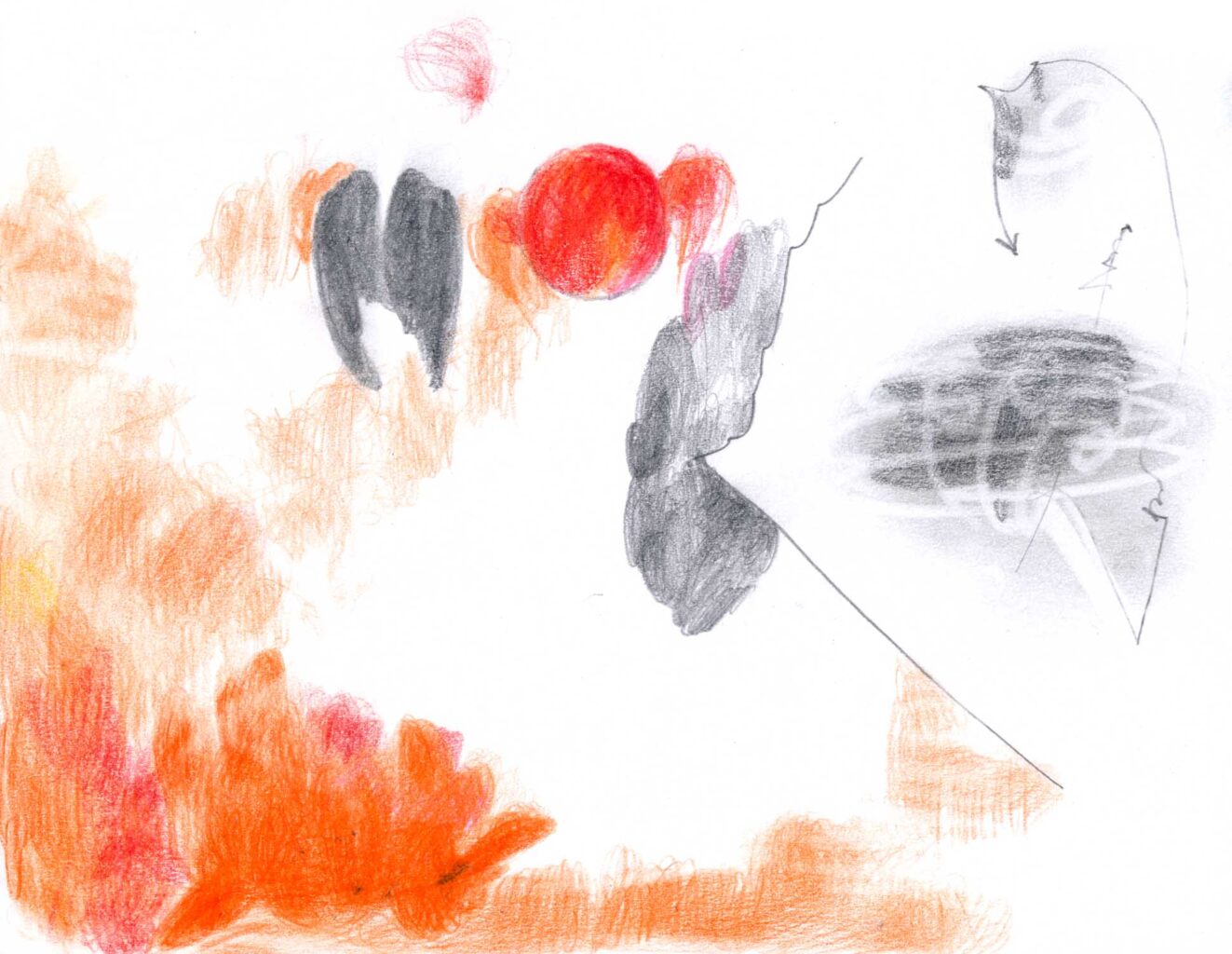
The individuality of the human being transcends the ego and the person, but it coalesces through them. It lives in the impulses of the ego as it does in the person. But the individuality is also the higher envelope and source of the ego and the person. We cannot follow the individuality on all its paths with our earthly consciousness. In sleep and after death, it escapes our perception. The individuality has an existence from which the earthly human being is excluded. This does not apply with regard to the ego and the person. With them, we are in calm, surveyable waters. With the being of the individuality, we are faced with the mystery of ourselves. The subject of reconciliation takes on a special poignancy here. Being an unknown quantity to ourselves, we feel incomplete, imperfect and small. This is a wound, perhaps the first one. It makes for an abyss that passes through us. This needs to be bridged and the pain it causes relieved. In the being of the individuality, we see the major work the human being must perform on themselves. The wound we are marked with, for whatever reason, is revealed.
Our divine nature, the higher self, is an aspect of our individuality. A being appears in the higher self that transcends the individuality. In the former, the individuality is pervaded by a supra-individual cosmic existence and life. The self is one with the divine cosmic world and creation. The self cannot but appear unattainable to our consciousness, which is bound to the earthly and corporeal. The self eludes all description and representation. It is present only in moments that come upon us like a blessing. These special moments point to states of complete oneness with the cosmos. They reveal premonitions of forms of existence that are fully reconciled.
IV
We are born as beings who are vulnerable. We owe our wounds to the gods. They have given us this flaw. It is from them that we feel pain, that we experience humiliation and despair and suffer from anxiety. We are marked by wounds, but the gods see it differently. In their eyes, every wound is a path that has not yet been walked and can still be walked. They are testing us with this. But they do it with care, so that we can find the paths that are still untrodden but have long been prepared. Every person walks them for themselves, but not only. We also always walk the new paths for other people. Ultimately, we also walk them for the gods. What reconciles us with our wounds radiates up as far as the spiritual worlds.
Suffering and fear are unloved troublemakers that we would prefer to eliminate. But they won’t let that happen, for they are on a higher mission. We can feel that they carry messages. Their questions are numerous. Here are three: What can you do to get out of your sorry states of divisiveness, vulnerability, and fear? How do you intend to reach the wholeness of your original being? How would you like to transform the shadows in your soul and bring them into the light? These questions are addressed to us through the suffering that befalls us. Suffering is never against us, even though it may seem so. It wants something from us that we still have to figure out. It beckons us onto paths that still lie ahead of us, onto paths of reconciliation with ourselves.
The gods do not confine themselves to inflicting wounds on us. We are too important for them to let us rush to our destruction. They provide the light, the assurance, and the certainty of healing and salvation. In every wound, there always lies the power to soothe it. There can be no darkness without light. This is the bequest of the gods to us. Suffering, even the worst, foreshadows growth and maturation. The paths that lead out of suffering run alongside us like tracks of light, which, strictly speaking, is the light of the gods. They are there whether we see them or not. To see these paths is, admittedly, still a rare art. That it may be difficult does not mean that it cannot be learned. Here, too, it depends on what I expect and trust myself to do. If I expect solutions, they will come. If I trust myself with this art, I will master it.
Encounters with the being of reconciliation are rare, but they can be brought about. At first, there is the desire to meet the being of reconciliation. We can seek out this being in our interior, in the silence of the soul. We can ask it to reveal itself. If successful, it manifests by filling the soul with special powers. The being of reconciliation creates something that we do not yet know. It grasps the soul as if from the vastness of the cosmos. It is unfathomable. We discover that reconciliation is an angelic being that carries a bond we have long yearned for. In this bond, everything is interwoven into one. Strife and separation are impossible. Anything and everything finds fulfilment because it is embraced, protected, and supported by the ocean of the original oneness.
The being of reconciliation is a healer. It shows that we do not have to be in conflict with our true being. It bestows faith in the healing powers of destiny. In it, the soul grows light. It forgets guilt. It forgets what has been done to it or to others. For guilt and suffering are not ordained to outlast the ages. The being of reconciliation allows us to see with greater clarity that a force of the future lies in suffering. Suffering makes us clairvoyant. We learn to see each other differently. And we become compassionate towards what surrounds us in a way that only the experience of suffering can bring about. The being of reconciliation conveys the message that suffering transforms. It says that suffering is the source of love.
Translation Christian von Arnim
Title image Jasminka Bogdanovic, Fraktal 0104, 2022, crayon / pencil on paper, 17,5×23,5 cm

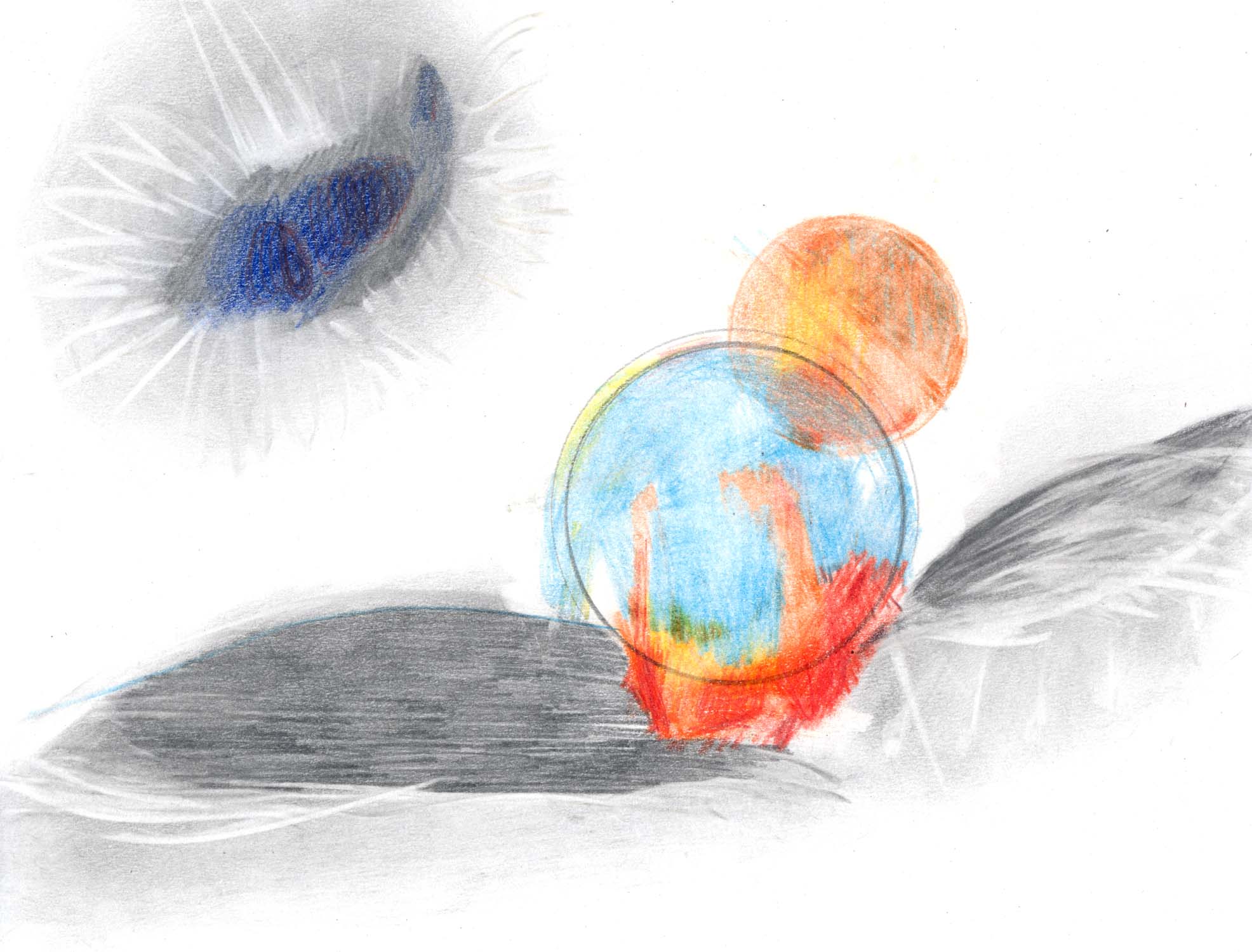









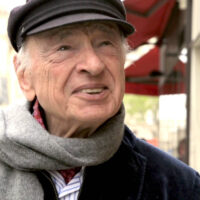
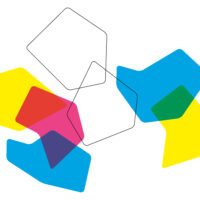

Thank you so much for this opportunity for sharing with you all!! I appreciated the article by Karsten Massei. Although I wished for more clarifying, it brought some reassuring hope. I yearn for more sharing opportunities with our member friends; about our paths of spiritual development. (such as—although paths are individual—at what point does one go, from the preliminary exercises, to the meditations, towards imagination, inspiration, and intuition). One problem I have had, is—in my movin to different places through the years—I lost my Guidance in Essoteric Training book; and my Verses and Meditations book. Also, I am geographically, in an area where I don’t find others studying what we study; nor much interest in doing so. The zoom calls, are not that often; and are very time-constraining; or limited to one or two hours, at most; with many friends to share; in a very limited way; with certain agendas, or formats. Although I notice much good work, towards sharing in conferences, my financial limitations do not make it possible for me to go to the conferences; nor to pay the conference fees; nor subscribing to this weekly periodical. I do understand, however, that those involved in teaching and sharing, need to have a financial way to live. I really appreciate being allowed to read one article per week; and I really appreciate efforts to make things more affordable! Again, thank you all so much!! If anyone can share about any solutions to my situation, I would really appreciate it!! My email address, is below.
I find it difficult to read information – however useful it may be – when it is presented as absolute truth rather than as a suggestion for consideration. It is possible that the presentation of insights by an author for a reader could be more successful when conditional and subjunctive forms are used.
Very beautiful revelatory penetration, thank you! — “It grasps the soul as if from the vastness of the cosmos…” Yes.